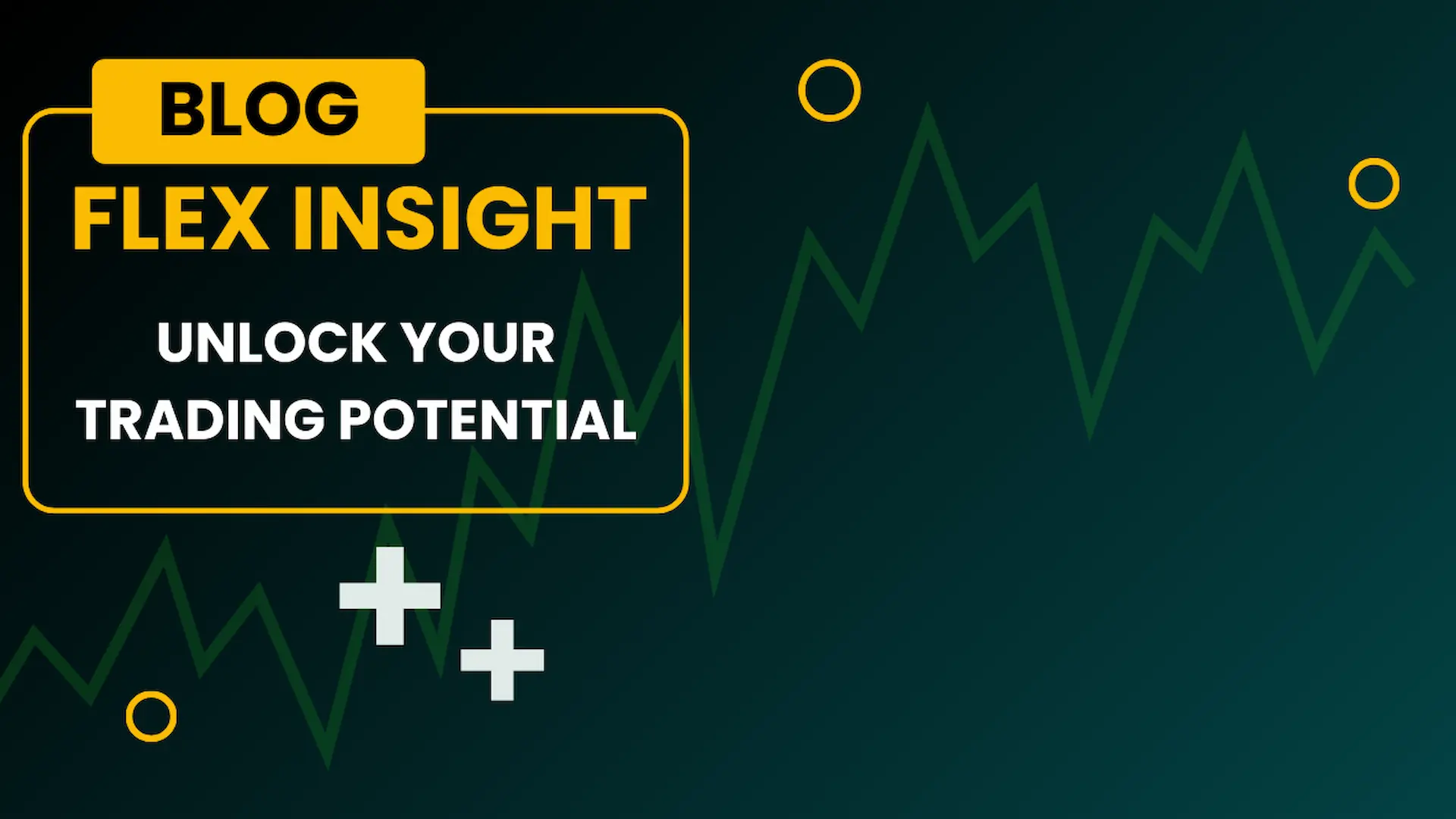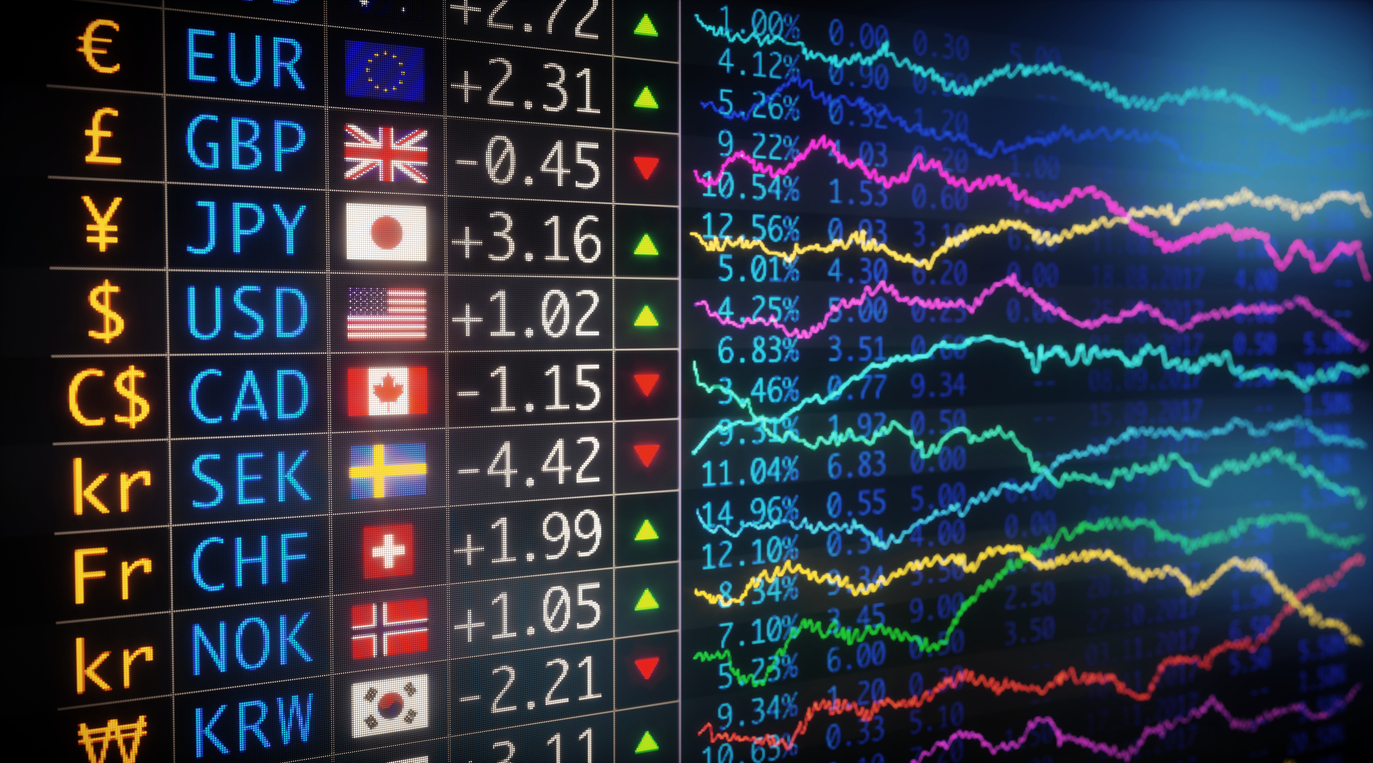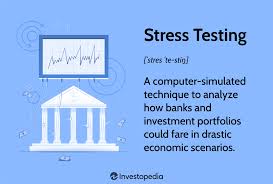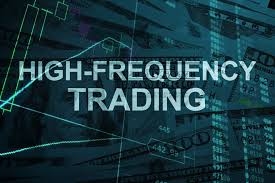September 2025 | Hedge Fund Insights
Quantitative hedge funds are quietly reshaping market dynamics. Using sophisticated models, AI, and massive datasets, they execute trades across equities, commodities, and FX at speeds beyond human capability. Their activity can amplify price swings and create micro-volatility that active traders can exploit.
Recent examples show that quant-driven trades can trigger flash rallies or sudden pullbacks, particularly in high-liquidity stocks and ETFs. Traders who understand where these algorithms cluster their positions can anticipate short-term moves, turning volatility into opportunity.
While these strategies offer potential, they carry risks. Crowded trades and sudden algorithmic reactions can exacerbate losses if markets move unexpectedly. Traders must blend technical, fundamental, and algorithmic insights while maintaining disciplined risk management.
Savvy traders are now using tools that monitor hedge fund flow, unusual options activity, and sector concentration to identify potential alpha. Recognizing patterns early allows nimble participants to profit before the broader market reacts.
Takeaway: Understanding quant fund activity provides a competitive edge, enabling traders to anticipate volatility spikes and position accordingly.
read more











